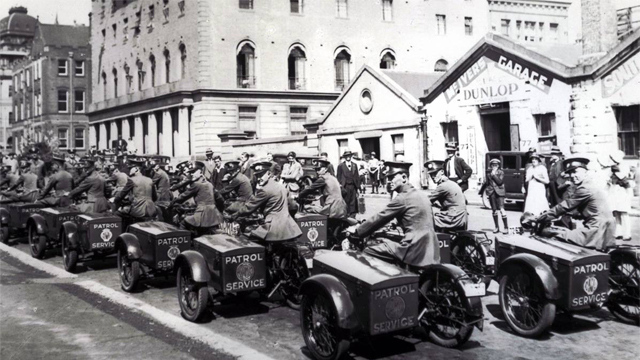Evolution of our roadside service
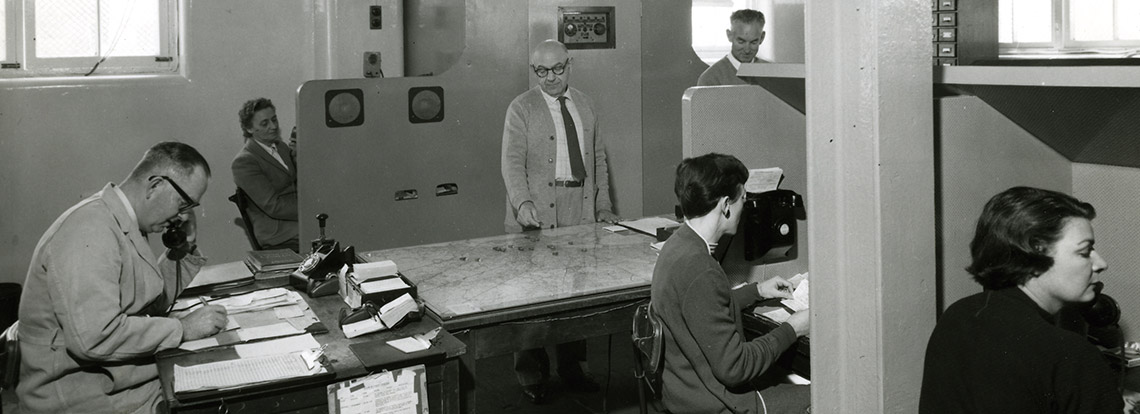
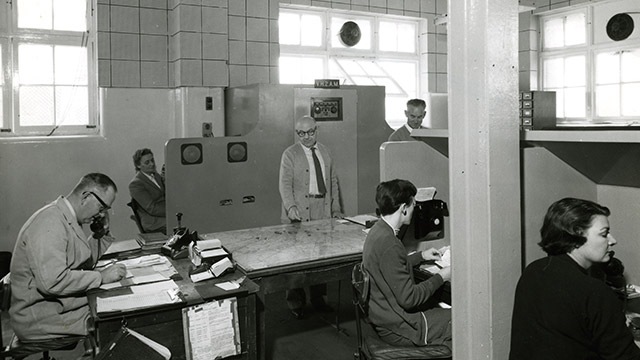
NRMA has provided road service to motorists in a fix for almost 100 years. But what goes on behind the scenes to get patrols to you as swiftly as possible? And what happened before technology gave us a helping hand? Join us on a journey from its infancy to today as NRMA snakes its way through Australian history.
1940s
In the days before phone boxes and radios, patrolmen would simply jump on their Douglas motorcycle and drive around Sydney’s streets in search of people in trouble. However, once phone boxes became widespread, patrolmen would phone the call centre from a public phone for details of their next call-out. It wasn’t until 1949 that NRMA made the great leap into ‘modern’ technology with a newly designed fleet of patrol vans equipped with two-way radios, which meant that call-outs could now be read over the radio through a voice and pedal system.
1950s
In 1951, patrol headquarters employed over 153 people. This included 79 patrolmen, 10 tow trucks and over 23 telephonists to handle incoming calls. By 1956, the demand for road service had increased and the call centre handled an average of 2,000 calls per day. The addition of radio links and the constant search for greater efficiency made it possible for call centre staff to handle 10,000 calls for help every week. So it came as no surprise that the modern advantages of the NRMA telephone service which was introduced to speed the response time of its road patrol, was welcomed with great enthusiasm. Messages were relayed from the radio room at patrol headquarters, then based in Woolloomooloo and were regarded as one of the most progressive innovations adopted by the NRMA. The addition of radiotelephony proved its worth almost immediately by keeping communications opened when severe storms cut phone lines, and by saving patrolmen from travelling unnecessarily long routes to reach stranded Members.
Celebrating our Centenary
Keep an eye out for our new roadside vans, they each have been specially built to carry more tools so our patrols can get you back on the road faster. What's more, they all carry our special Centenary device.
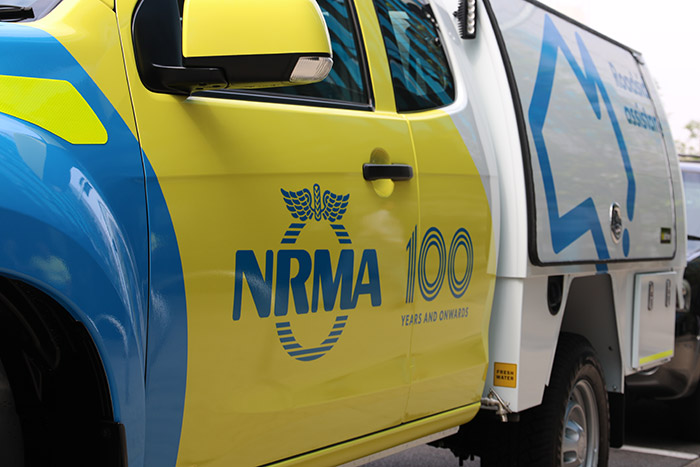
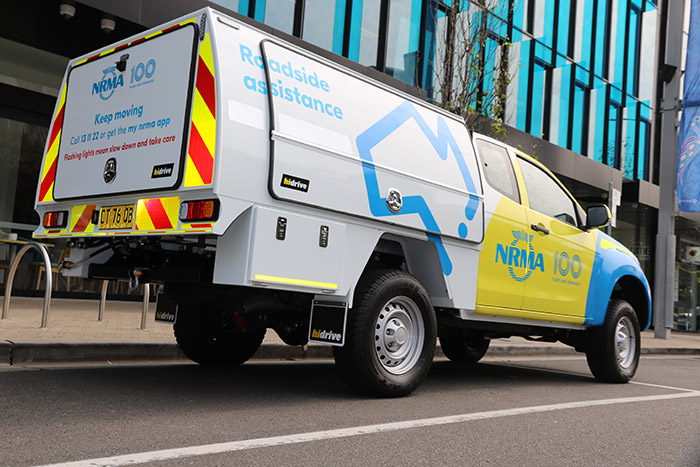
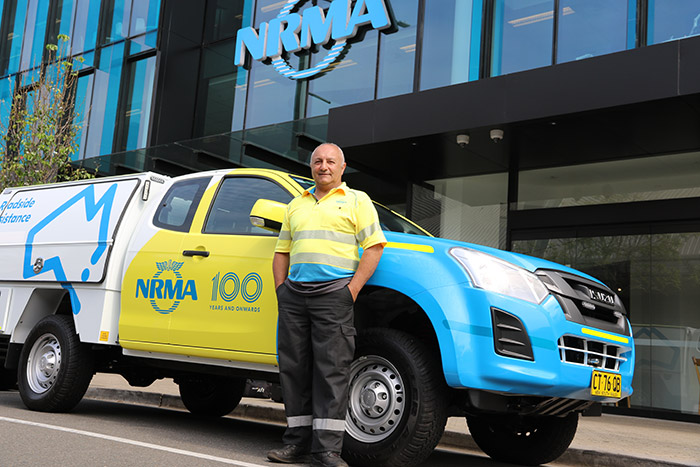
1960s
The new patrol headquarters was opened in Pyrmont on 6 December 1960, and having acquired a new radio channel to overcome the interference encountered after the introduction of television in 1956, by 1962, it needed a third to cope with the 11% increase in calls. By this time, call centre staff were handling an average of 1,313 calls for help and the time to dispatch a vehicle averaged 12.5 minutes. It was during this time that the road service modernisation program was incorporated, which saw a 20% increase in inward telephone lines, the installation of transistorised radio transceivers in vehicles and increased training for patrols. However, by 1963 the volume of calls was so great that the NRMA had applied for a fourth radio channel and erected a 100-feet high tower at Bondi Junction to produce clearer signals.
The NRMA moved into its recently completed building at 151 Clarence Street, Sydney on 30 September 1964. Housing the Association’s city staff of 900 people, it was the headquarters for six suburban and three country branches and 230 district depots which linked most roads in New South Wales and the Australian Capital Territory. A private automatic branch exchange (PABX) telephone system was introduced and offered 86 incoming and 36 outgoing lines serving 290 extensions and a pneumatic tube system transported small documents from floor to floor.
1970s
During the 1970s, the first stage of computerisation had more than justified its expense, with road service achieving a speedier response to distress calls which bypassed the switch and carried calls straight to the call centre. Call-takers would take the call from the Member, write the details onto a card, which would then be placed onto a conveyor belt that would take them to the dispatch area. Road service, the NRMA ‘flagship’ achieved the feat of getting more than 1 million motorists back on the road in 1983. To further speed the response time for road service, experimentation with forms of computer-aided dispatch (CAD) began in the late 1970s and was constantly upgraded.
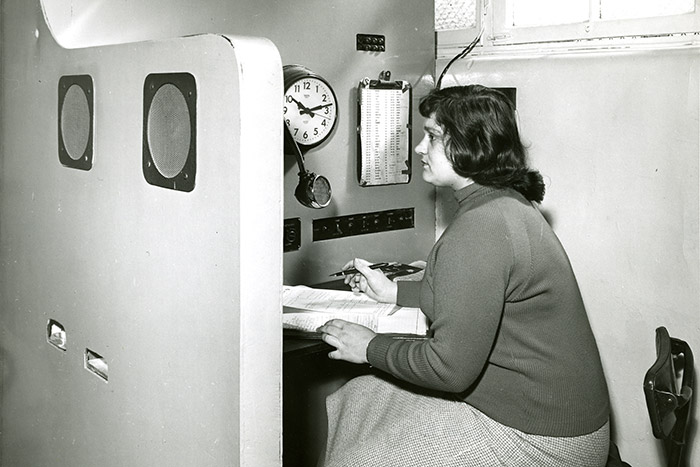
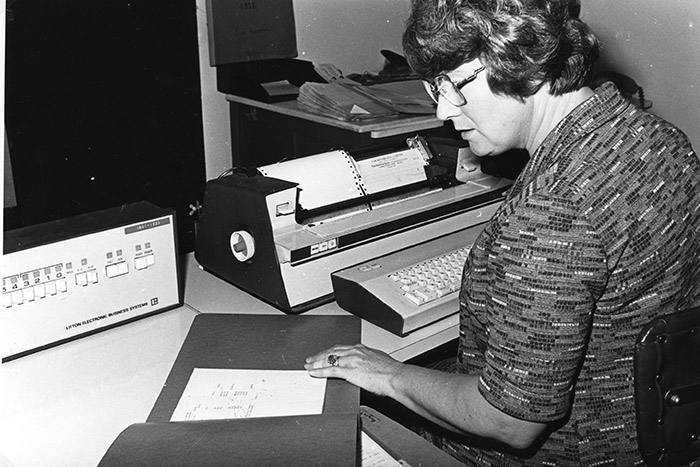
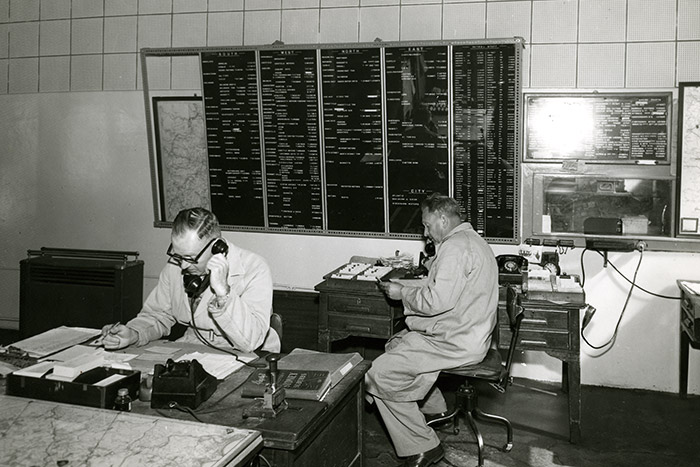
1980s - 1990s
But in 1984 a new road service operating system, with a new radio system, computer, telephone equipment and software were introduced. Among the numerous enhancements to the systems of dispatching Members’ calls to patrolmen permitted by state-of-the-art technology, was an instant validation of Membership and location of stranded vehicles through a computerised street directory which also assisted dispatchers to identify the nearest patrolman. The ability of telephone receptionists to cope with 60 calls simultaneously for a total of more than 100 calls an hour was a vast improvement over the previous method of noting details on the cards that were dispensed to the next stage of the operation on a conveyor belt. Another speed advantage was gained through patrolmen acknowledging receipt of the job and its completion by a button-operated signal rather than voice. The completed computer-aided dispatch (CAD) system was commissioned in September 1985 – the first of its kind in Australia and the most up-to-date in the world.
Today
While the NRMA still uses CAD to despatch jobs to its patrols, a more advanced membership system has been implemented - GMS (Group Membership System) which has transformed the way call takers work and interact with Members and customers. The call centre answers around 4,000 calls for help each day, with Monday's being the busiest day when they average 5,000 calls. In contrast to the days of finding a public phone, patrols now carry tablets and phones, making it easier for them to locate and contact a Member in need. While they average 3,000 call outs per day, waiting times for people broken down and requiring a tow have been slashed by almost one hour with the NRMA rolling out new patrol vans that can also tow a vehicle, helping to reduce congestion and getting people back on the road faster. What's more, with advancements in technology NRMA Members can now book a patrol through the my nrma app, track their patrol on the map and get real-time ETAs.


